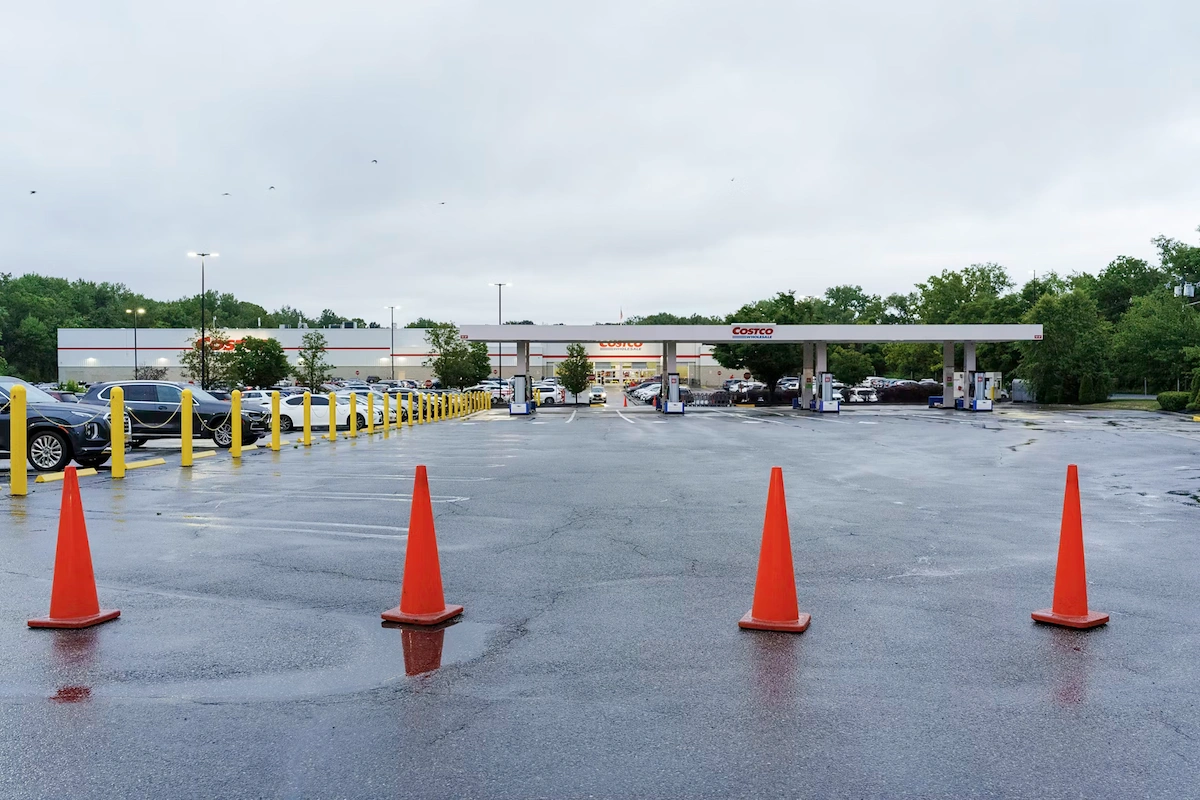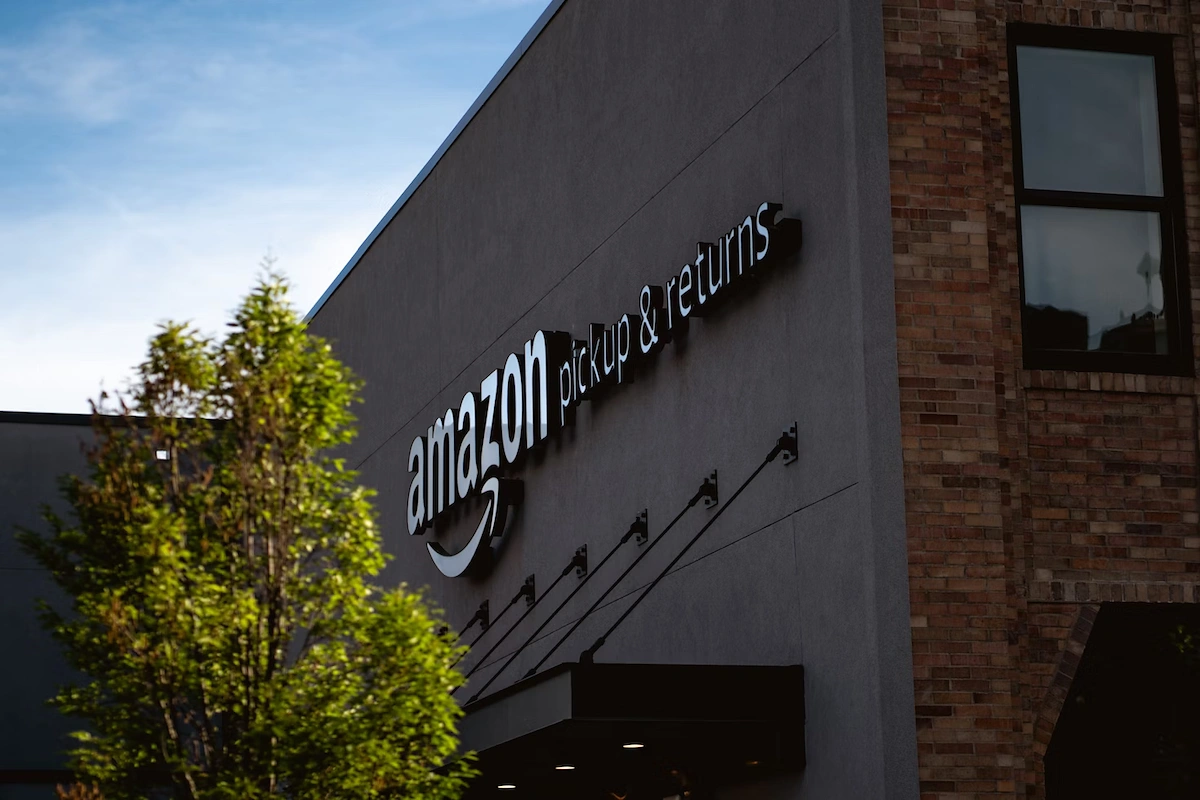
Kudos has partnered with CardRatings and Red Ventures for our coverage of credit card products. Kudos, CardRatings, and Red Ventures may receive a commission from card issuers. Kudos may receive commission from card issuers. Some of the card offers that appear on Kudos are from advertisers and may impact how and where card products appear on the site. Kudos tries to include as many card companies and offers as we are aware of, including offers from issuers that don't pay us, but we may not cover all card companies or all available card offers. You don't have to use our links, but we're grateful when you do!
1.5% vs 2% Cashback Credit Cards: Why the Lower Rate Might Actually Be Better
July 1, 2025


When browsing credit card offers, it seems like a no-brainer: why would anyone choose a 1.5% cashback card when plenty of 2% options exist? The math appears simple—more cashback equals better value. But the reality of credit card rewards is far more nuanced than a simple percentage comparison.
The Points vs. Cash Back Distinction
The most significant factor many overlook is that not all 1.5% cards offer straight cashback. Cards like the Chase Freedom Unlimited® earn 1.5x points per dollar, not 1.5% cash back, and this distinction matters enormously.
The Power of Transfer Partners
When paired with premium cards in the same ecosystem, these points can unlock significantly higher value. Chase Ultimate Rewards points, for example, can transfer to hotel and airline partners at ratios that far exceed the cash equivalent.
Real-world example: Hyatt hotel redemptions routinely deliver 2-3 cents per point in value. This transforms the Freedom Unlimited's 1.5x earning rate into an effective 3-4.5% return—well above any flat-rate cashback card.
One cardholder shared: "I routinely get 2 cents per point with Hyatt. That's essentially 3% back, as opposed to 2% cash back."
Beyond the Base Rate: Hidden Value Factors
1. Approval Odds Matter
Not everyone qualifies for premium 2% cards. Options like the Wells Fargo Active Cash® Card, Citi Double Cash® Card, and Fidelity® Rewards Visa Signature® Card have stricter approval criteria than cards like Capital One Quicksilver or Chase Freedom Unlimited.
[[ SINGLE_CARD * {"id": "2894", "isExpanded": "false", "bestForCategoryId": "15", "bestForText": "Cash Back Seekers", "headerHint": "0 Annual Fee"} ]]
[[ SINGLE_CARD * {"id": "580", "isExpanded": "false", "bestForCategoryId": "15", "bestForText": "Everyday Spenders", "headerHint": "No Annual Fee"} ]]
[[ SINGLE_CARD * {"id": "887", "isExpanded": "false", "bestForCategoryId": "15", "bestForText": "Cash Back Seekers", "headerHint": "No-Nonsense Cash Back Option"} ]]
If you're building credit, a 1.5% card you can actually get approved for beats a 2% card you'll be denied for every time.
2. Bonus Categories Change Everything
Many 1.5% base cards include elevated earning rates in specific categories:
- Chase Freedom Unlimited®: 3% on dining and drugstore purchases
[[ SINGLE_CARD * {"id": "497", "isExpanded": "false", "bestForCategoryId": "15", "bestForText": "Cash Back Seekers", "headerHint": "Fantastic Cash Back Card"} ]]
- Capital One Quicksilver Secured Cash Rewards Credit Card: No foreign transaction fees
[[ SINGLE_CARD * {"id": "3058", "isExpanded": "false", "bestForCategoryId": "15", "bestForText": "Credit Builders", "headerHint": "1.5% Flat Cash Back"} ]]
- Various 1.5% cards: Welcome offers that dwarf the marginal cashback difference
The Freedom Unlimited's 3% dining category alone can make it more valuable than a flat 2% card for many spending patterns.
3. Ecosystem Integration and Simplicity
Managing credit cards across multiple banking relationships creates friction. Many consumers prefer staying within one ecosystem where they can:
- View all accounts in one app
- Manage payments seamlessly
- Combine points across multiple cards
- Access unified customer service
The actual cost of "leaving money on the table": If you spend $10,000 annually on non-category purchases, the difference between 1.5% and 2% is just $50 per year. For many users, the convenience of staying with a trusted issuer is worth more than $50.
The Customer Service Factor
Not all 2% cards come from banks with stellar reputations. Several cardholders noted significant frustrations:
Citi customer service challenges: Multiple users reported 25-30 minute hold times and inconsistent support experiences, despite Citi offering popular 2% options like the Citi Double Cash® Card.
Wells Fargo approval selectivity: The Wells Fargo Active Cash® Card 2% card reportedly has strict approval criteria, particularly for applicants with many recent credit inquiries.
Meanwhile, established issuers like Chase, American Express, and Capital One typically offer more robust customer support infrastructure—a factor that matters when dealing with disputes, fraud, or account issues.
Purchase Protection and Card Benefits
The percentage rate tells only part of the reward story. Many 1.5% cards include protections that 2% cards lack:
- Extended warranty coverage
- Purchase protection
- Travel insurance (on select cards)
- Concierge services
- Access to exclusive offers and experiences
Example: The U.S. Bank Smartly™ Visa Signature® Card (recently nerfed but previously offering strong value) included travel protections worth potentially hundreds of dollars—far exceeding the marginal cashback difference.
[[ SINGLE_CARD * {"id": "9163", "isExpanded": "false", "bestForCategoryId": "15", "bestForText": "Cash Back Seekers", "headerHint": "2% on Everywhere"} ]]
The Welcome Offer Equation
When evaluating cards, the initial bonus often dwarfs years of marginal cashback differences.
Real scenario: Chase regularly offers $200-300 bonuses on the Freedom Unlimited. Even at a $50 annual disadvantage compared to a 2% card, you're ahead for 4-6 years before the math favors switching—assuming you don't value any other card benefits.
When 2% Cards Make More Sense
Despite the arguments for 1.5% cards, there are clear scenarios where flat 2% cards excel:
- You don't travel or use points: If you want simple cashback with no strategy required, 2% cards like Fidelity Visa or Citi Double Cash offer straightforward value
- You have excellent credit: Premium 2% cards become accessible and their benefits are fully available
- You prefer not to chase optimal redemptions: Points strategies require research and flexibility that not everyone wants to invest
- You've maxed out other card categories: With a full roster of category cards, your remaining non-category spend benefits from the highest flat rate
The Bottom Line: Context Over Percentage
Credit card selection shouldn't reduce to a single percentage comparison. The "best" card depends on your complete financial picture:
- Credit profile: Can you qualify for premium 2% cards?
- Spending patterns: Do bonus categories matter for your lifestyle?
- Points strategy: Will you maximize transfer partner value?
- Relationship preference: Do you value ecosystem simplicity?
- Customer service priority: How important is support quality?
For many consumers, a well-utilized 1.5x points card within a broader strategy delivers more value than a standalone 2% cashback card. The key is understanding your own priorities and choosing cards that align with how you actually spend and redeem. Remember: the best credit card isn't the one with the highest advertised rate. It's the one that delivers the most value for your specific situation.
Unlock your extra benefits when you become a Kudos member

Turn your online shopping into even more rewards

Join over 400,000 members simplifying their finances

Editorial Disclosure: Opinions expressed here are those of Kudos alone, not those of any bank, credit card issuer, hotel, airline, or other entity. This content has not been reviewed, approved or otherwise endorsed by any of the entities included within the post.
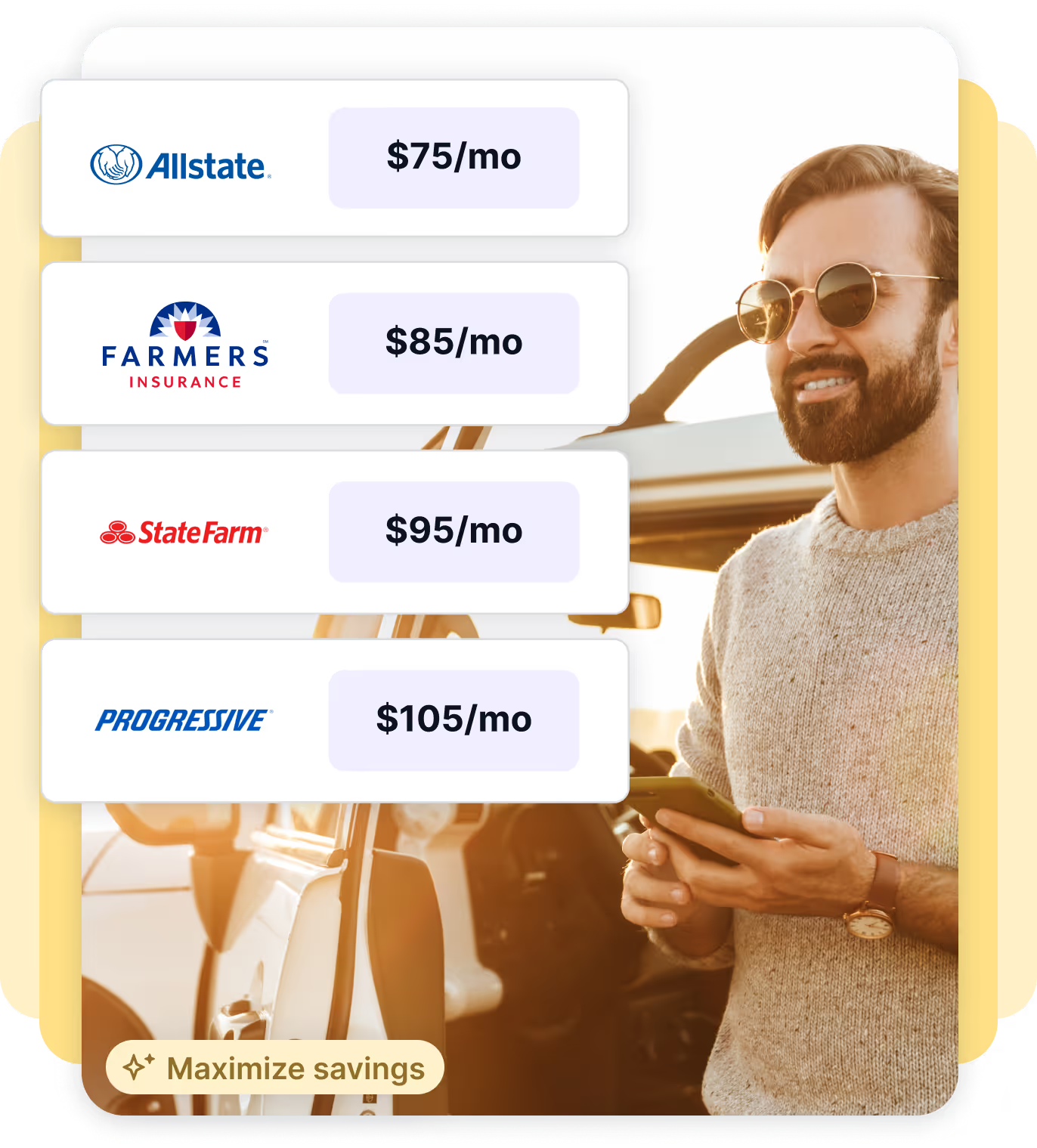
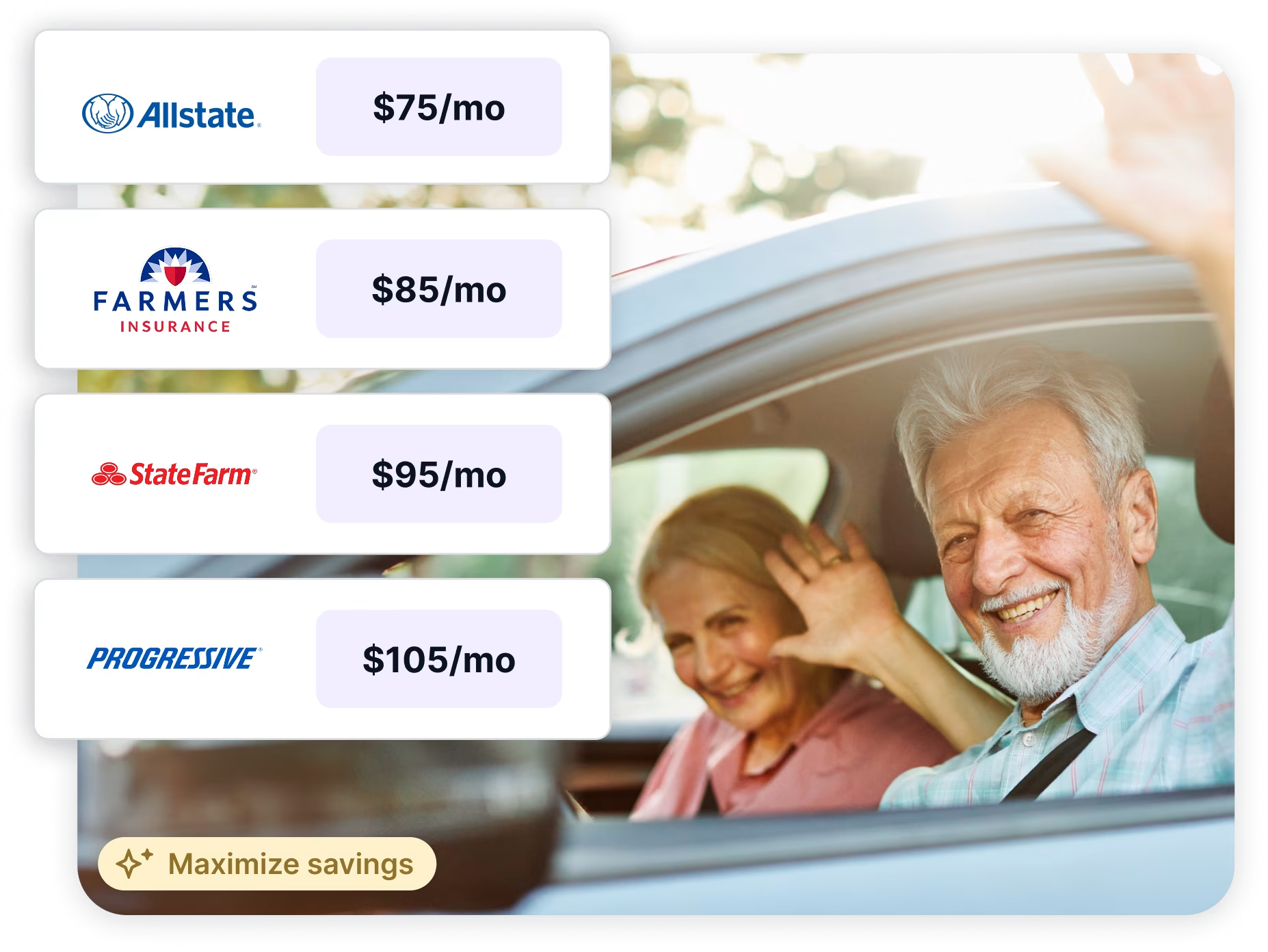
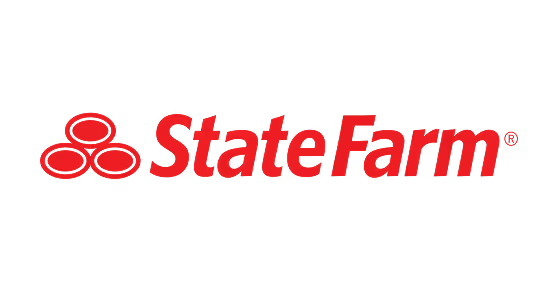
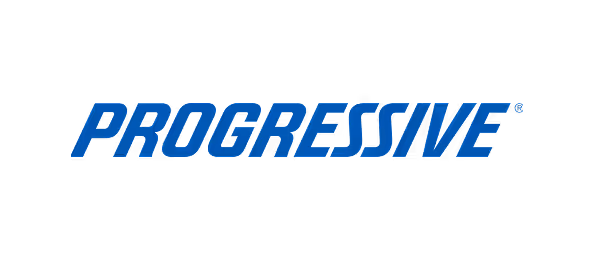
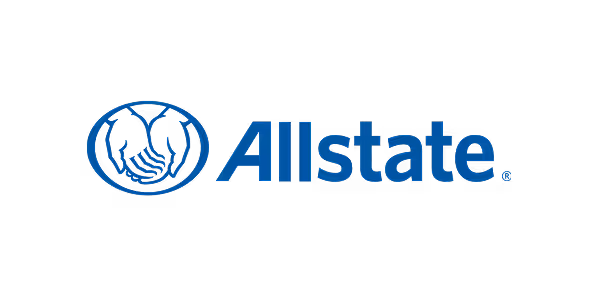
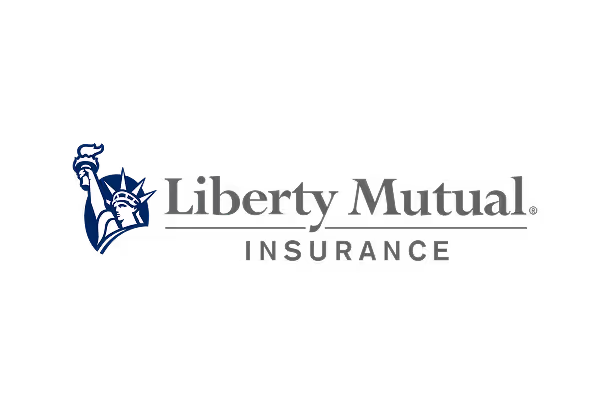


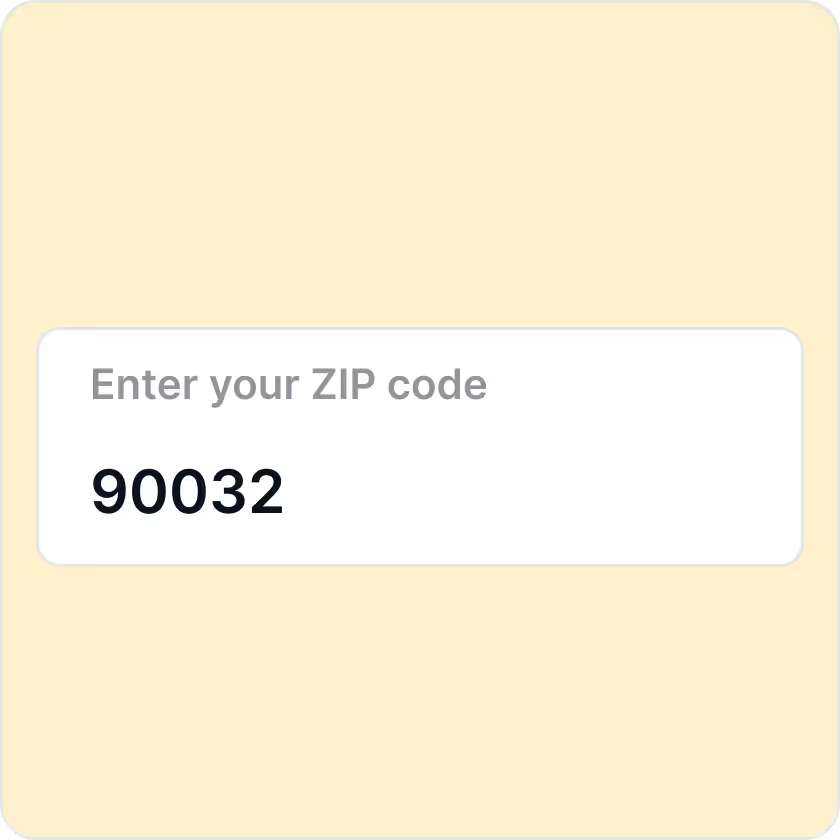

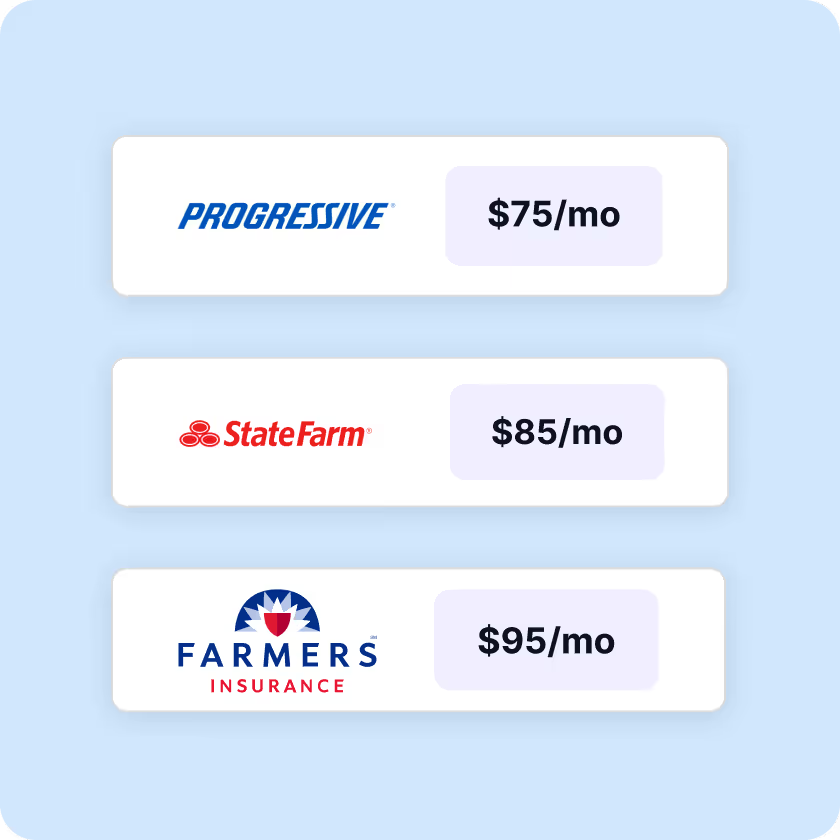
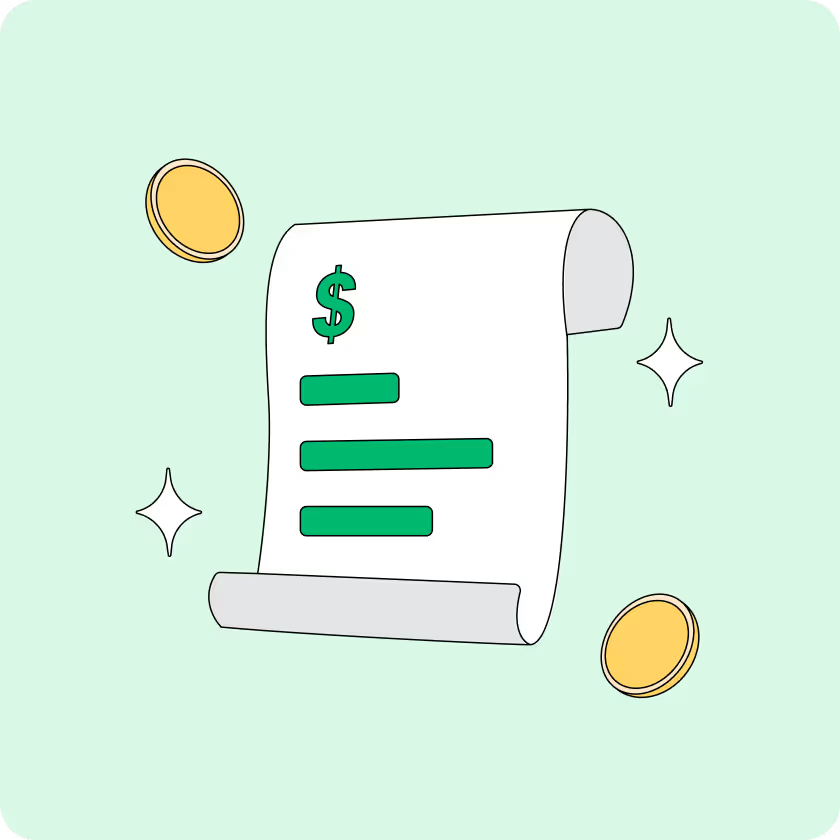







.webp)














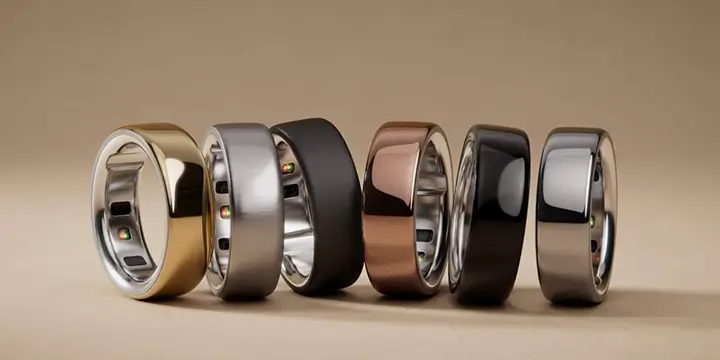

.webp)

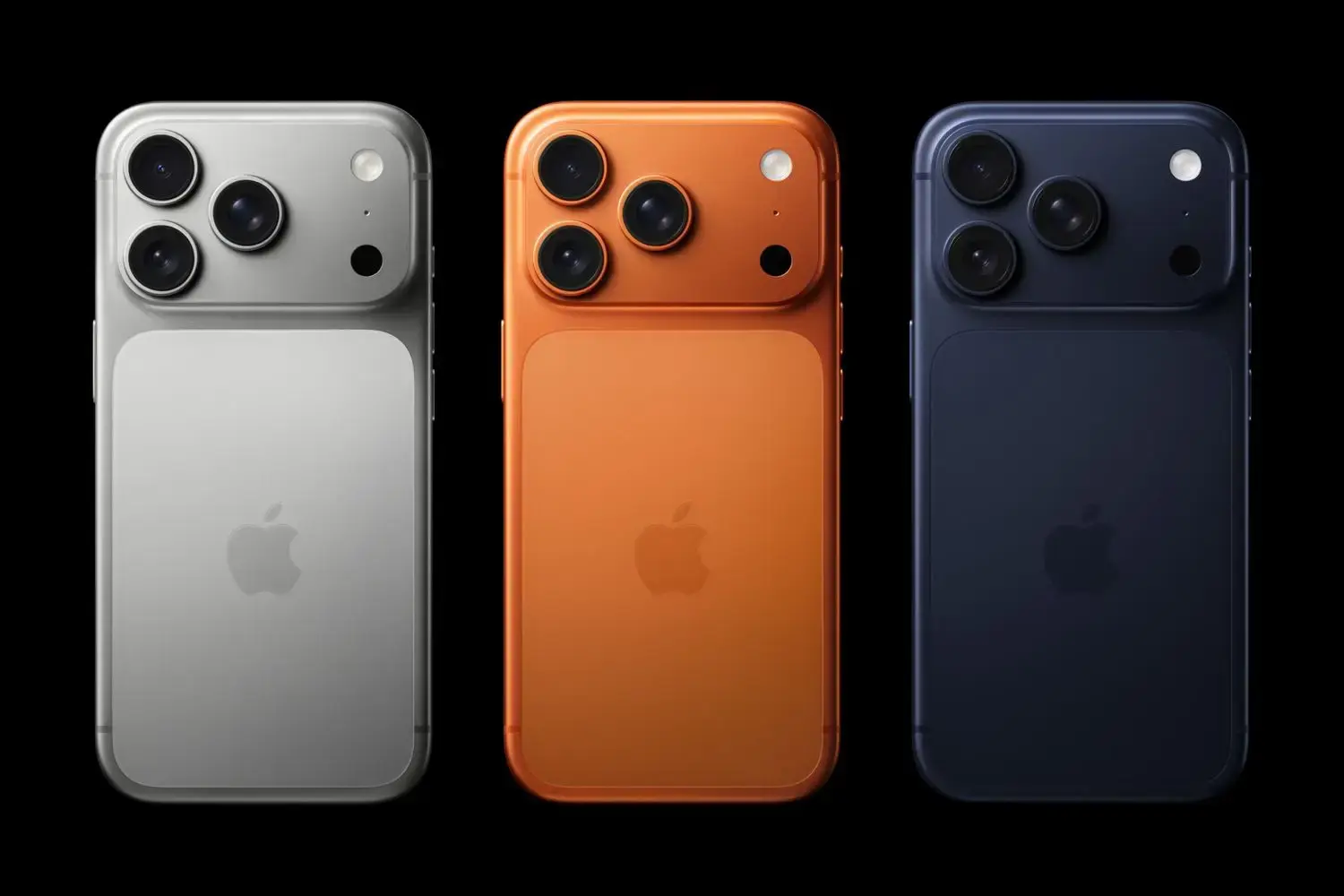
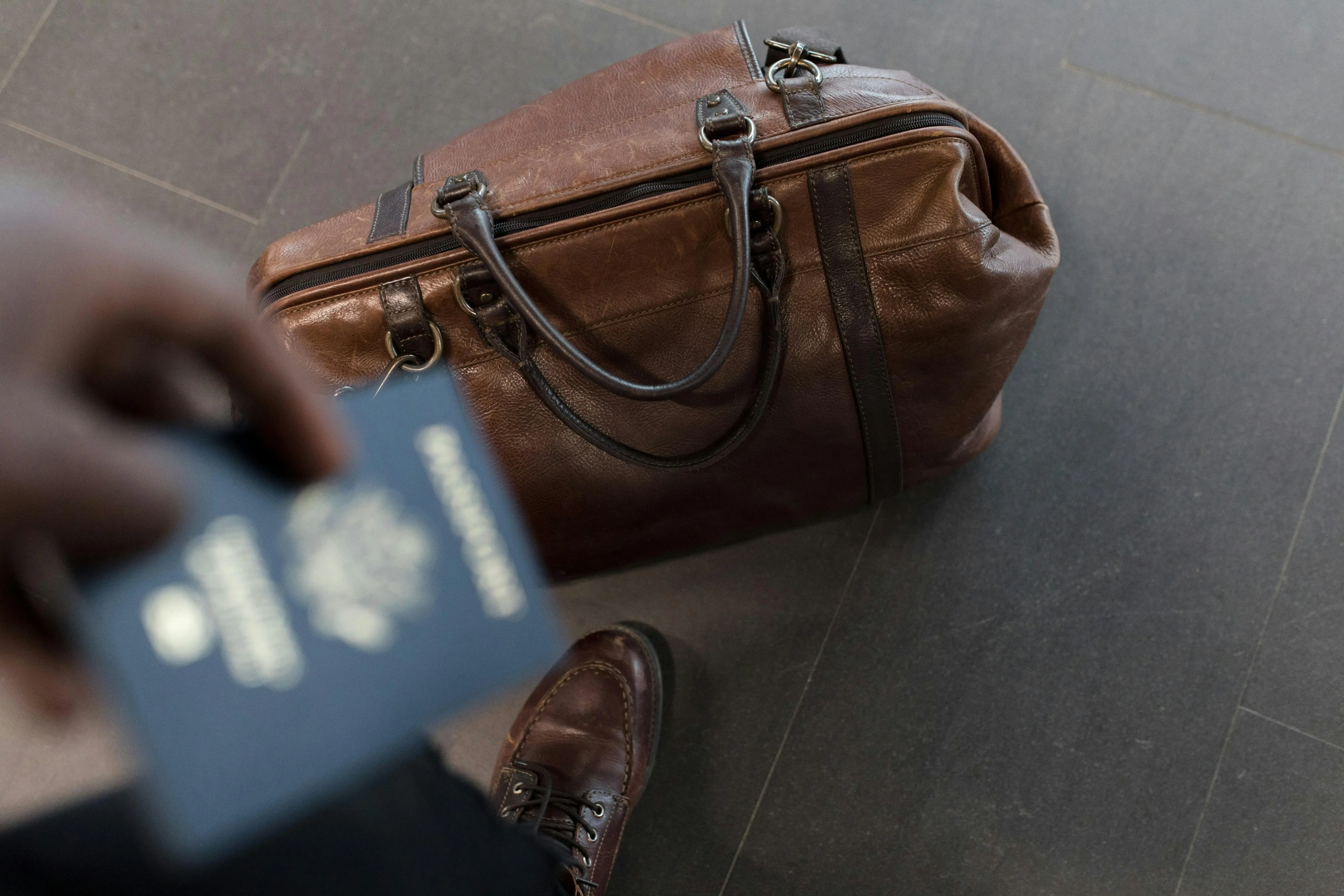
.webp)

